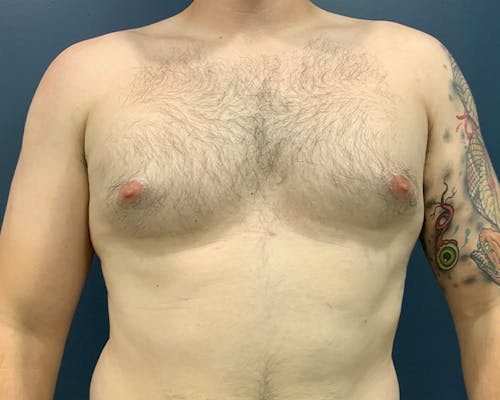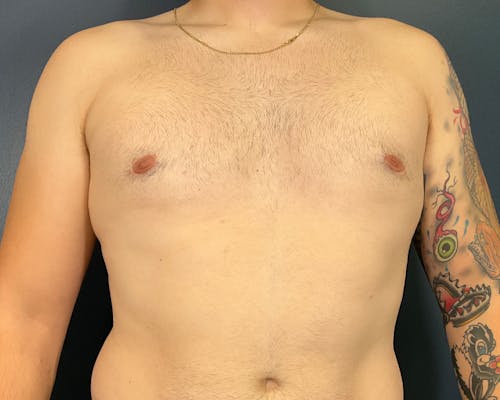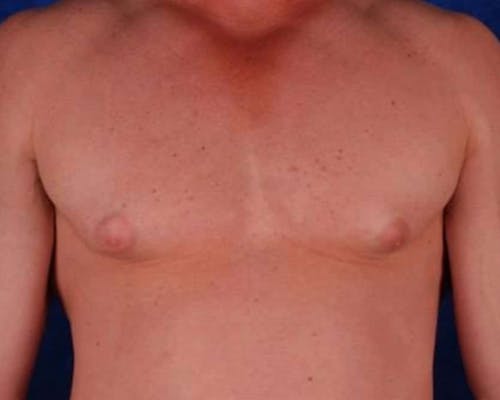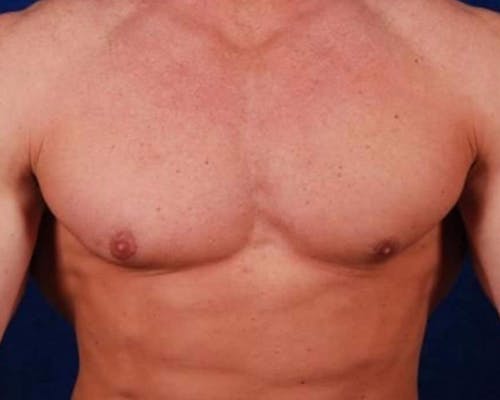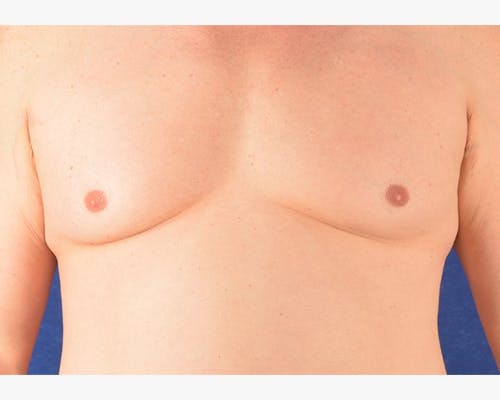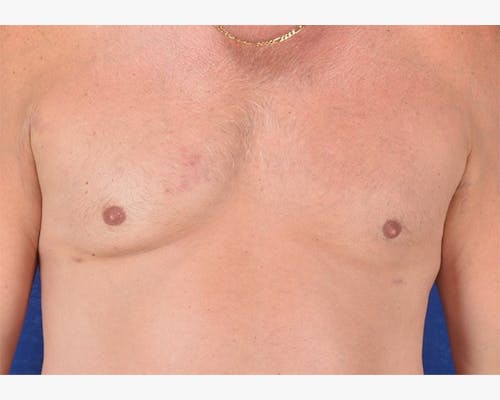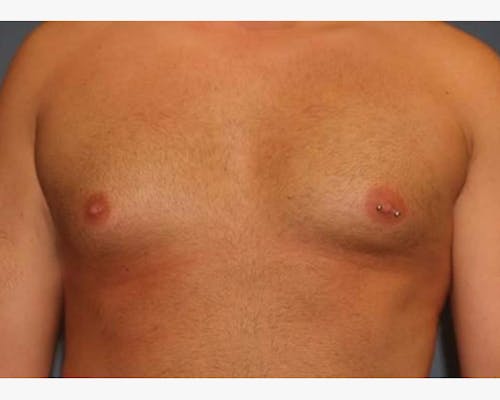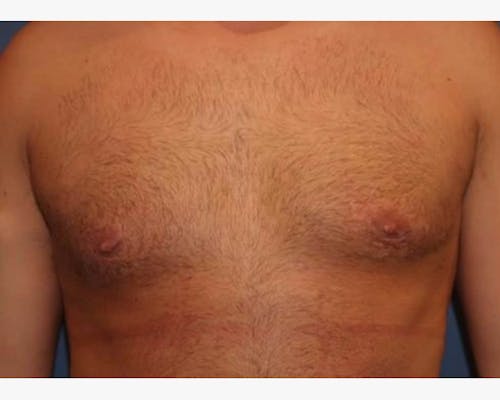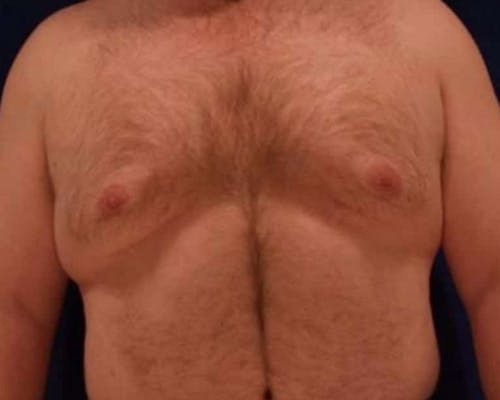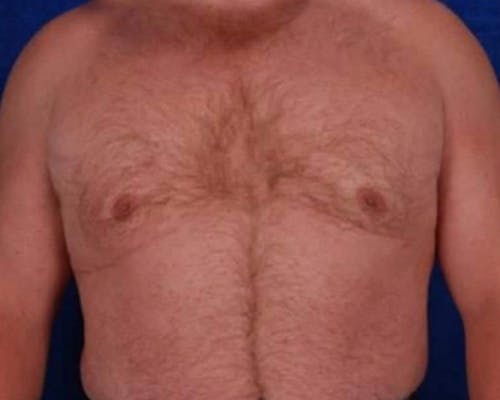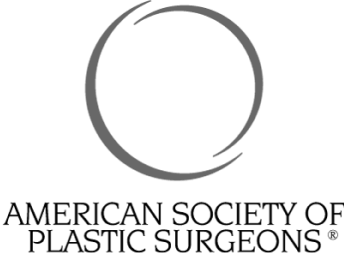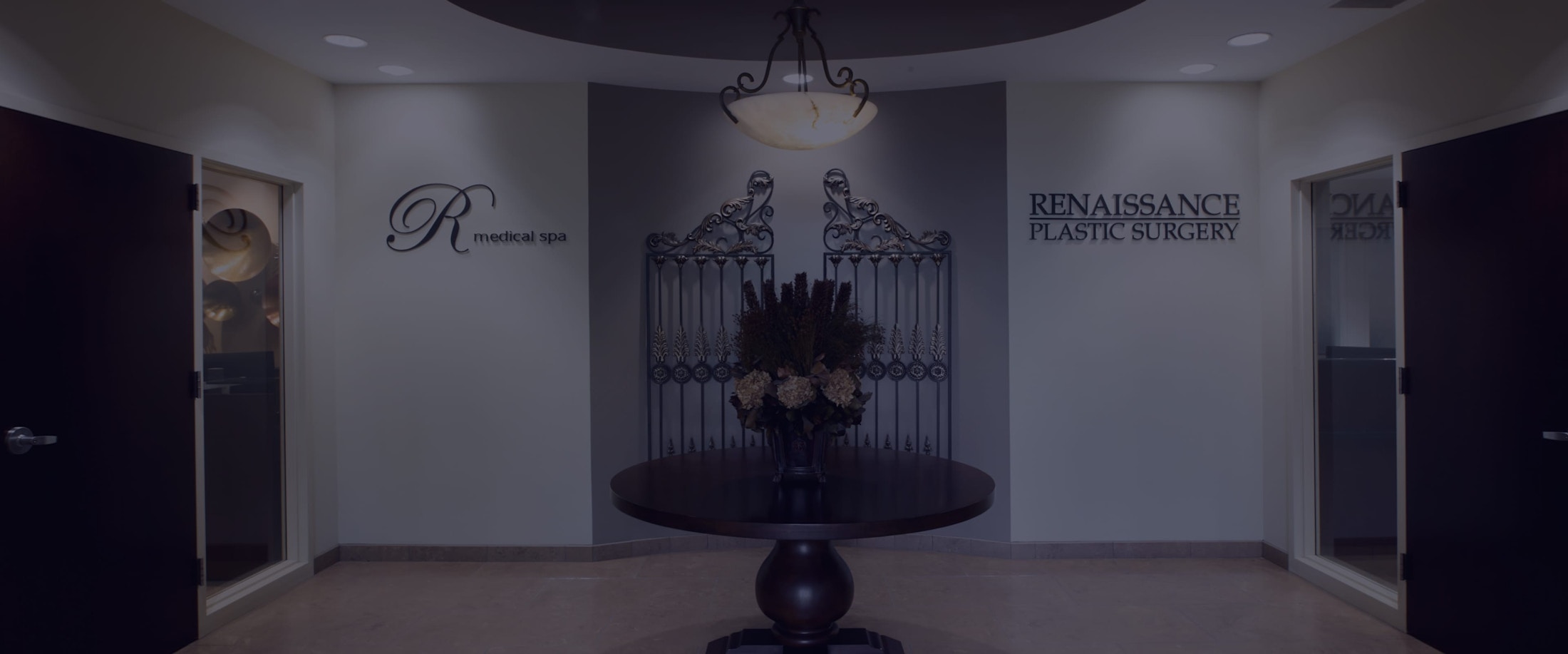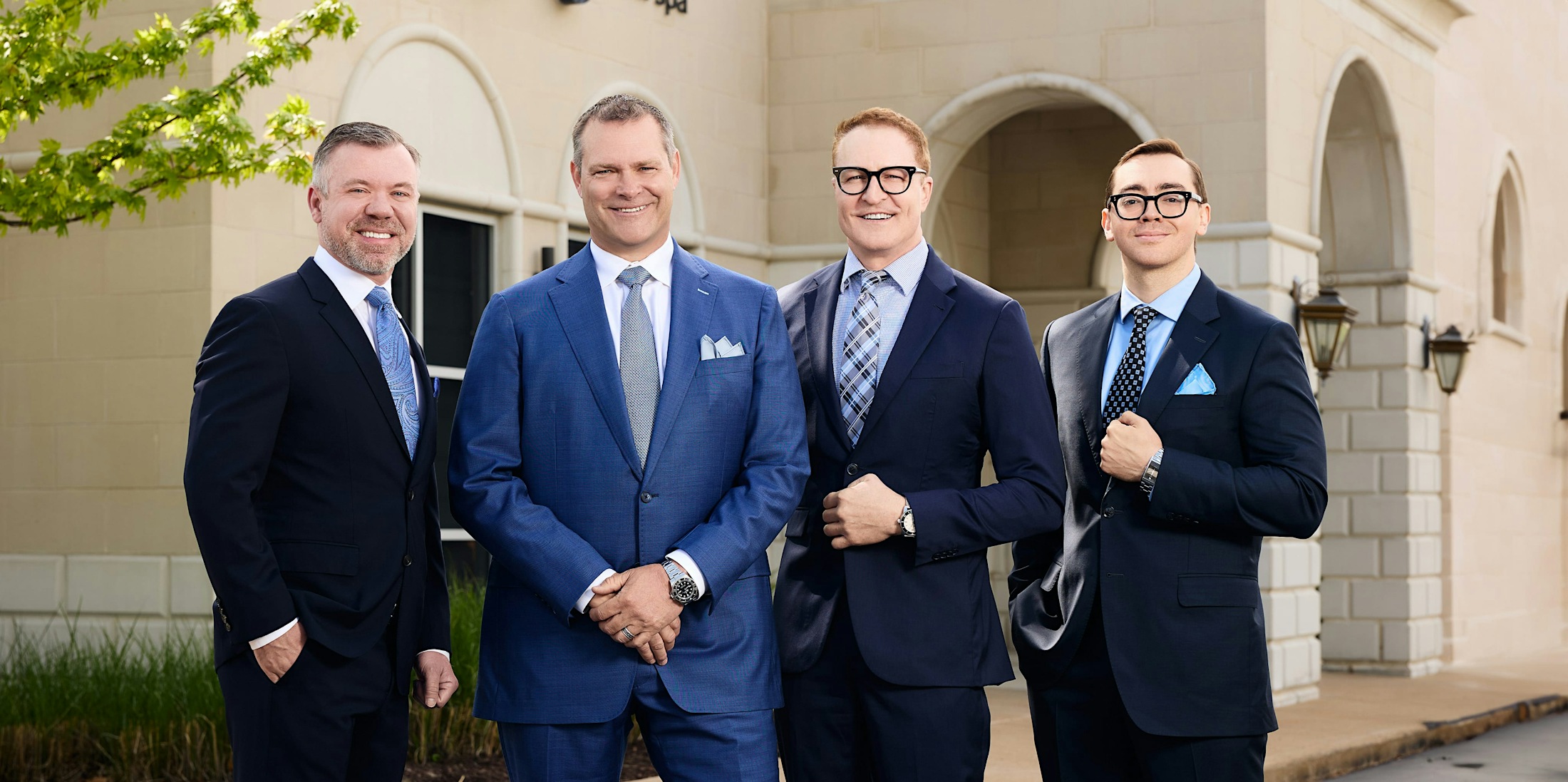Gynecomastia is not commonly talked about, so men are often unaware of treatment options and instead try to hide or cover up their condition. While diet and exercise will help to achieve a healthier and well-balanced overall physique, gynecomastia cannot be corrected by a healthy lifestyle alone and often requires surgery.
What Is Gynecomastia?
True gynecomastia is triggered by a decrease in the amount of the hormone testosterone compared with estrogen. This causes an increase in the amount of breast gland tissue in both teenage boys and men. Gynecomastia can affect one or both breasts and it can affect them unevenly.
This breast enlargement isn’t a serious health issue, but it can be embarrassing for a man. It can make a man avoid scenarios where he would be required to take his shirt off, a water-skiing invitation over to Lake Saint Louis, for instance.
Gynecomastia can go away on its own, and it typically does in adolescents at the conclusion of puberty. This can also happen with adults if the changes in the aging have created variations in testosterone levels. But in adults, the condition is often combined with some fatty tissue and glandular enlargement, so it may not fully resolve.





